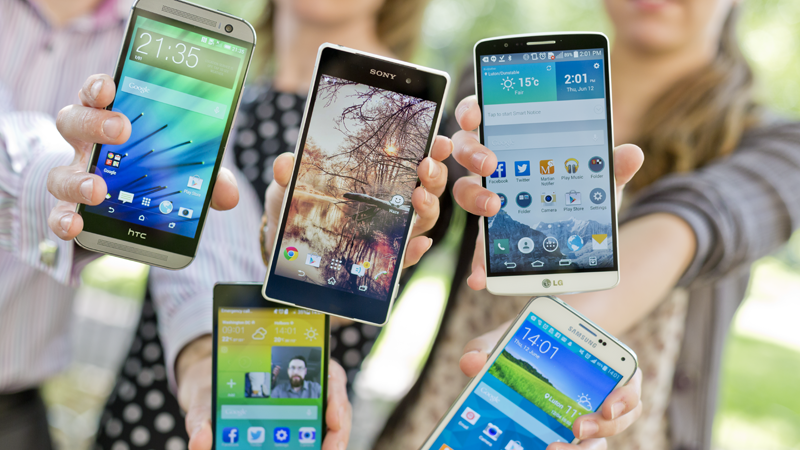Feature Phones Or Smartphones, Which Are Better
While there are more web developers capable of building mobile web applications than there are for developing native apps for mobile platforms, mobile platforms are clearly becoming a significant aspect of software development. As open operating systems, like Android, gain traction, major handset vendors are adding open interfaces to proprietary handset operating systems in order to enable down-loadable applications for their phones. These factors combined with the fact that feature phones are becoming more capable of performing higher end functions, indicate that they are positioned to have an impact on the future of mobile computing.
Feature Phones Versus Smartphones
Generally, smartphones are phones that run on the third party operating systems like Windows Mobile, Android and Symbian. The Blackberry and the iPhone also come into the smartphone category, though they run exclusively on their respecting operating systems. Apart from the OS, smartphones are also capable of running the third party software, also referred to as, ” apps ” or “applications”. Mobile apps have been around since the early days of PDAs and Pocket PCs, but Apple was the first to establish the “App Store” concept, where users could obtain different apps of interest directly on their phones, without the need for a computer as a transfer medium. On the other hand, feature phones fall between the basic phones and smartphones categories. They normally come with a specifically designed proprietary operating system. Not all feature phones support third party software and those that do, usually rely on a secondary third party application platforms such as BREW or JAVA. The experience is usually relatively slower especially as you try to access a corporate e-mail account on certain feature phones due to lower hardware specifications and limited platform resource management. Most feature phones don’t have full HTML browsers, internal GPS and 3G network support. Feature phones focus largely on texting and multimedia functions these days and access to popular social networking services such as Facebook and twitter.
The biggest difference between most feature and smartphones is the ability to download and install applications to run natively. Although traditional handsets can install Java applications, most fail when it comes to running software natively. This is where smartphones are a lot better, as the inherent resources of the device are used to run the application effectively enough to provide a smooth and enjoyable user experience.
